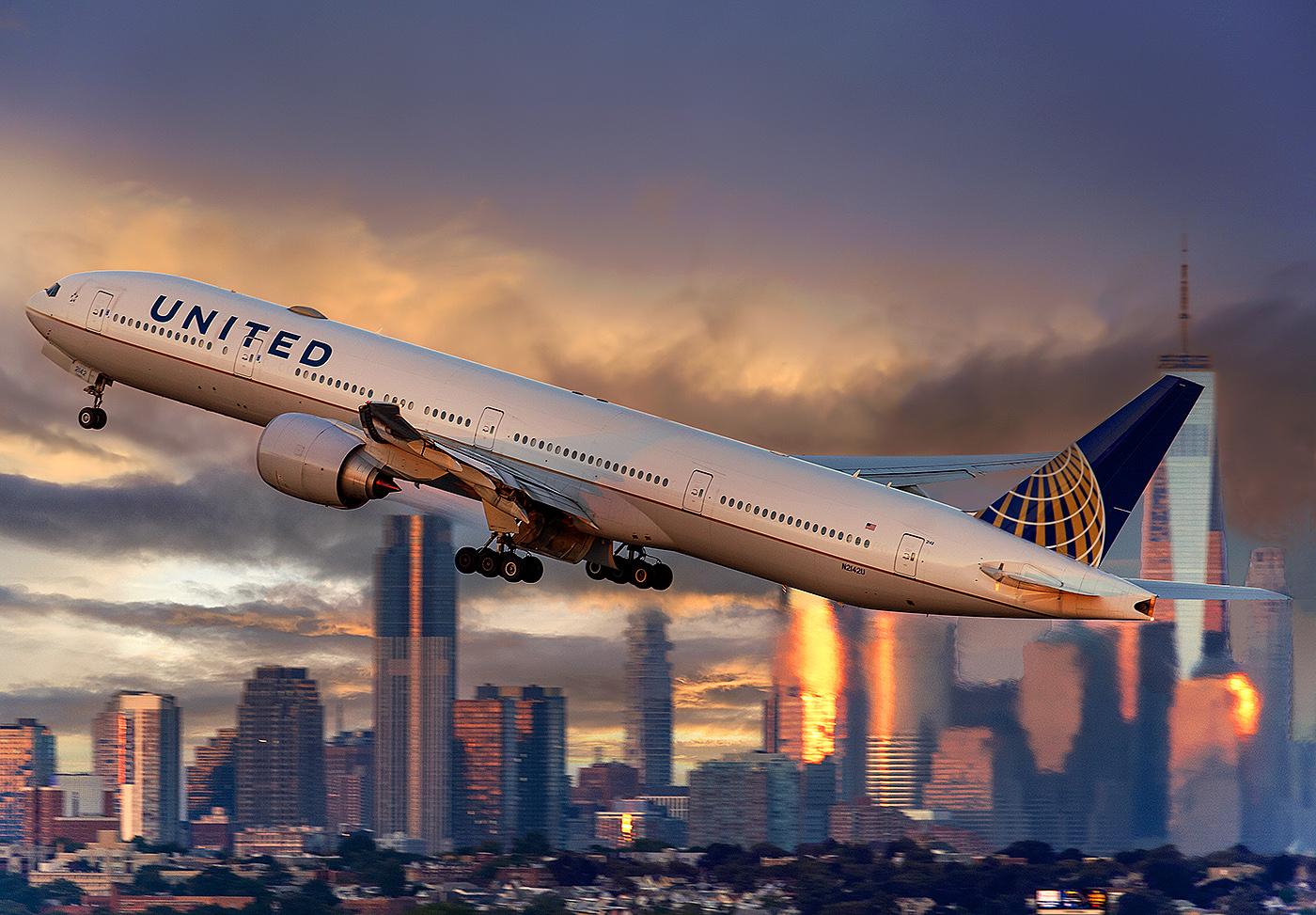
United Airlines, which operated as many as 10 daily flights between the US and China prior to the COVID-19 pandemic, sees limited near-term opportunities in the Chinese market, even as that country reopens.
United CCO Andrew Nocella said during a Jan. 18 earnings call that the airline is currently restricted to 4X-weekly total flights between the US and China, which it is dedicating to San Francisco (SFO)-Shanghai (PVG) service.
“We do not hold rights at this point to increase our service any further,” Nocella told analysts and reporters. “And I believe [restrictions on US-China flights] is an industry-wide type of situation. So, at this point, there’s no green light to go beyond what we’re currently flying.”
But even if the number of flights allowed between the US and China were increased by regulators, United would not be able to add too much capacity back into the market. “It’s worth noting that restrictions on the use of Russian airspace will constrain United from flying the bulk of our China network in 2023,” Nocella said. “This same restriction will also limit our ability to fly to India.”
He said United ultimately does want to return to serving Beijing (PEK) and Hong Kong (HKG) as well as PVG. “We think there’s going to be a significant bounce back in demand, like we’ve seen in South Korea and Australia and other places in the region,” Nocella said.
He added United is seeing strong demand for flights between the US and other Asian markets. “Asia is close to being fully opened, allowing United to reestablish the bulk of its Pacific flying outside of China,” he explained.
One weakness United is seeing regarding restarting transpacific flying is outbound demand from Japan. Nocella said “the numbers look really good” on its US-Japan services, “but it’s based on US point of sale at this point and not Japanese point of sale.”
That echoes what Japanese carriers are reporting. Junichi Miyagaw, All Nippon Airways' executive VP for alliances and international affairs, said late last year that outbound leisure travel from Japan has been slow to return because many Japanese people remain cautious about international travel for health reasons even after the country reopened in October. The weakness of the Japanese yen is another impediment to outbound demand.
“We expect the Japanese point of sale to kick in later this spring and summer,” Nocella said. “[Japan] has been slower to rebound, but again, US point-of-sale [bookings for US-Japan flights] just have been enormous … Once Japan comes back online from a point-of-sale perspective, I think that further strengthens that as well.”
